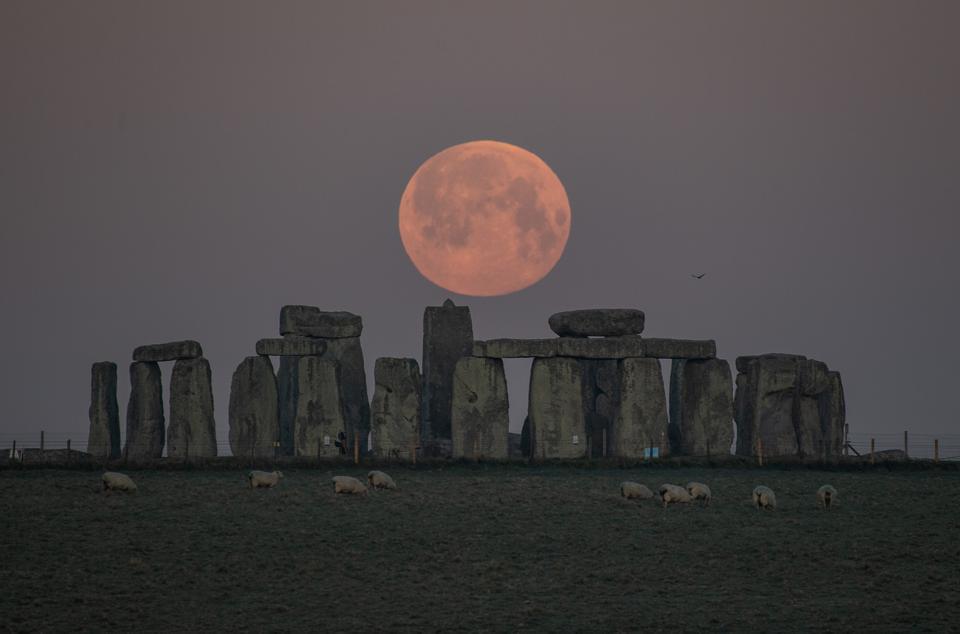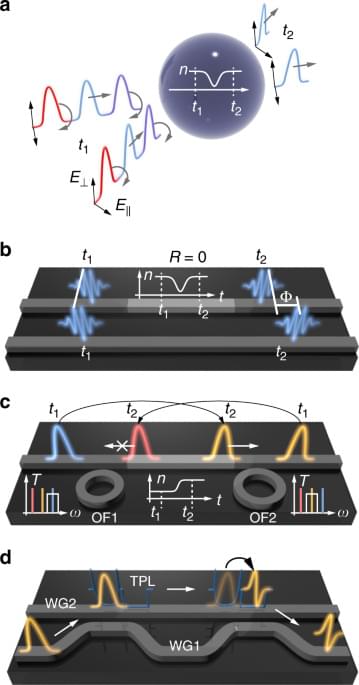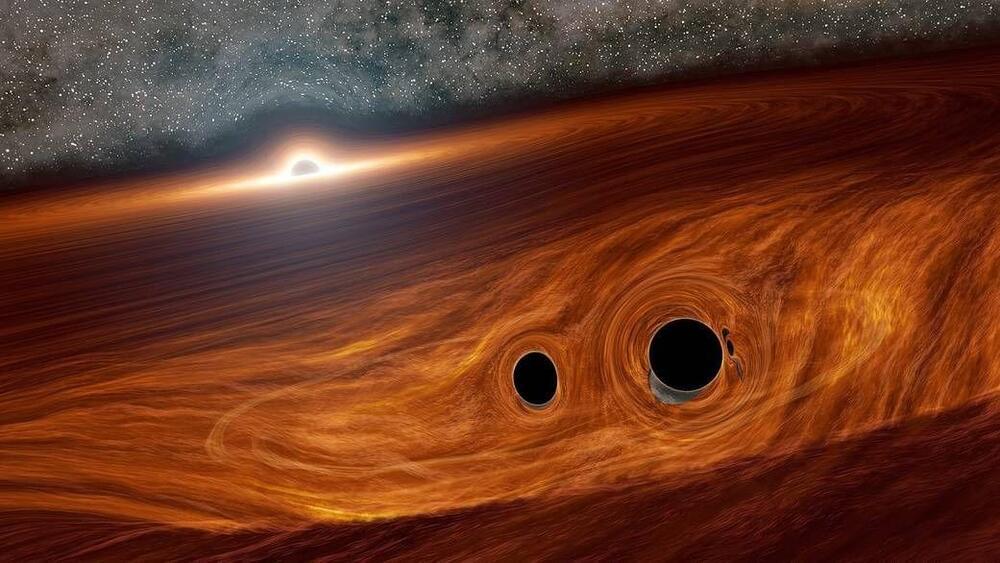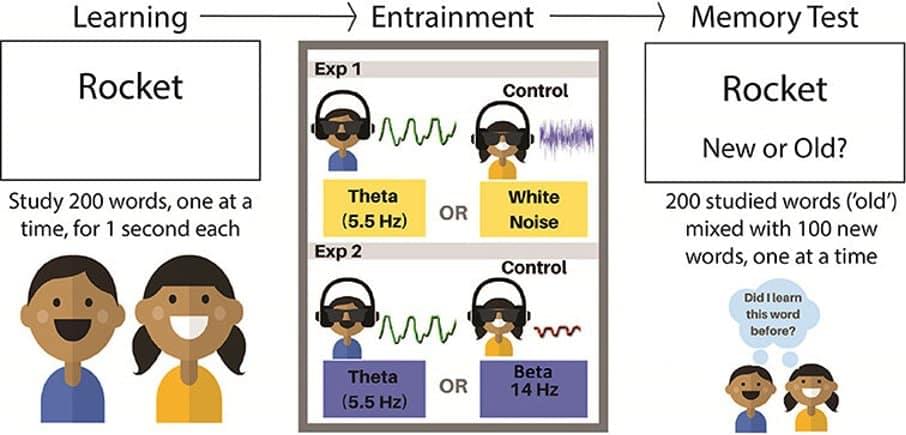With the increasing demand for data science approaches and cognitive technologies across all industries, organizations are learning how to successfully implement and manage newer, more intelligent tools and systems. What are the challenges that enterprises encounter when adopting AI and ML models for their organizations, and how can teams work to overcome these obstacles?
At an upcoming Data for AI event, Anil Kumar, Executive Director — Head of AI Industrialization at Verizon will be sharing in particular the ways that Verizon has leveraged AI to overcome some of their key challenges. This past January, the Machine Learning Lifecycle 2021 Conference featured Radha Sankaran, Executive Director of Algorithmic Customer Experiences at Verizon Wireless, where she shared some insight into the current state of AI usage and its challenges, techniques, and impacts. At the upcoming Data for AI virtual event, Anil Kumar, also from Verizon Wireless, will be speaking more on his experiences.
Full Story:






